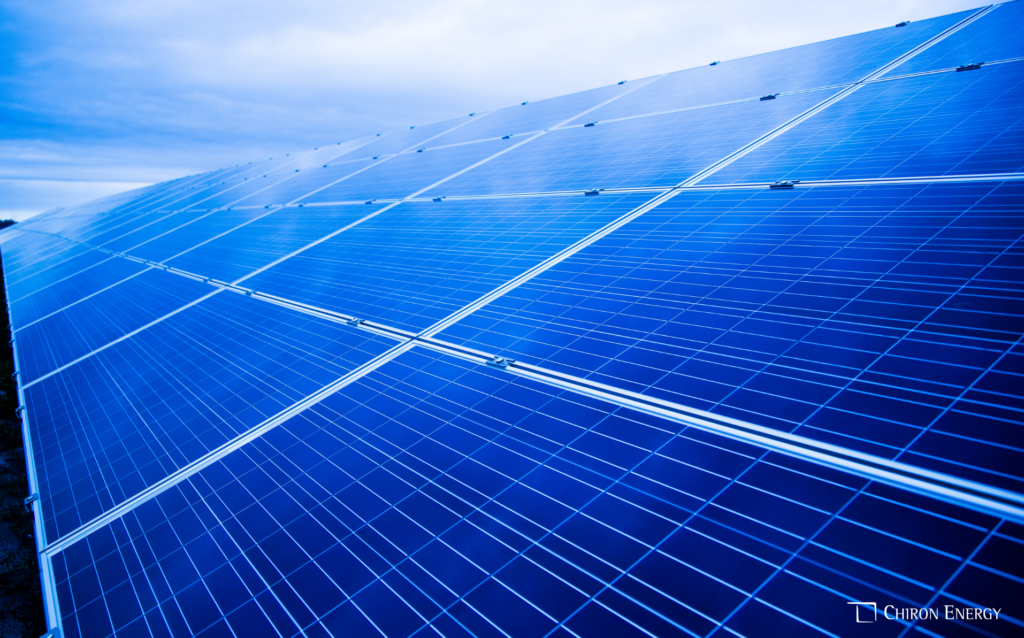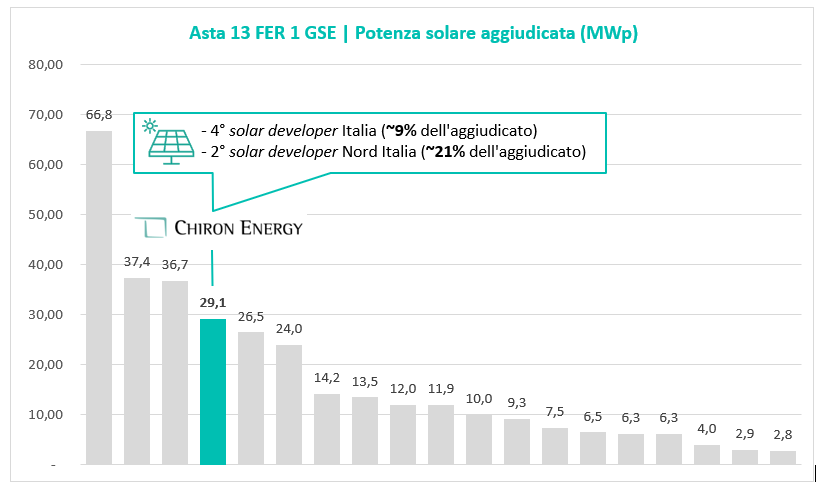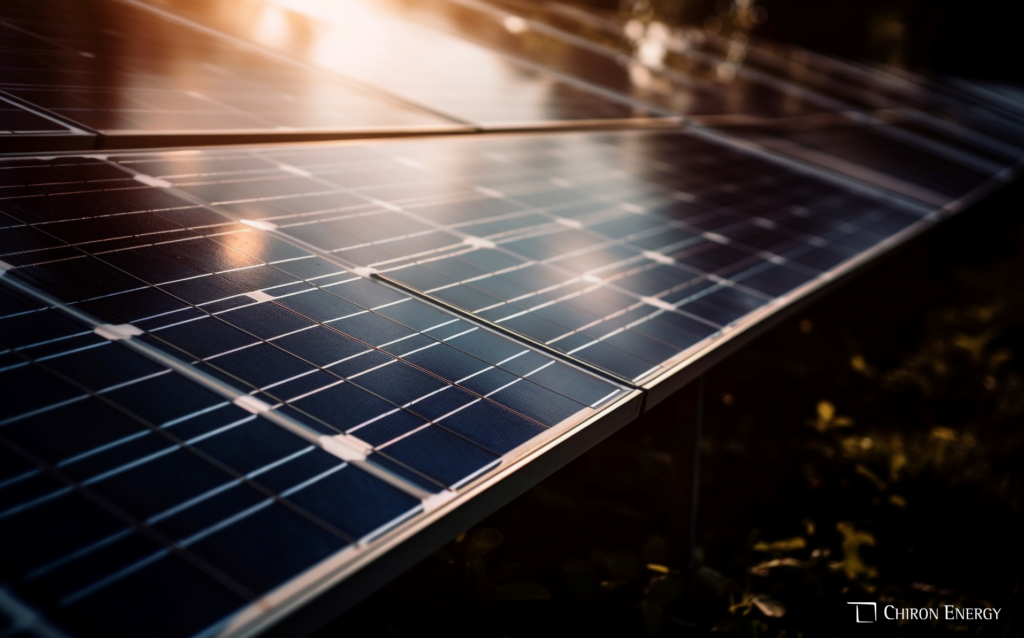Energy Stories
Da UniCredit e BPER un green loan project financing da 30 milioni di euro con garazia SACE
Una volta in esercizio, entro il 2025, gli impianti produrranno 52 GWh annui di energia pulita, in coerenza con gli obiettivi del Green New Deal. Il finanziamento, certificato green ai sensi dei “Green Loan Principles” e che beneficia di fondi BEI (Banca Europea degli Investimenti) dedicati alla transizione energetica e della garanzia per opere di rilevanza strategica SACE
Chiron si conferma uno dei “Top Solar Developer” in Italia: aggiudica ulteriori 29,1 MWp nella tredicesima Asta FER 1 del GSE.
In questa asta Chiron si è aggiudicata ben 29,1 MWp di nuova potenza incentivata distribuita in 4 progetti solari utility scale, tutti localizzati in Nord Italia, la cui costruzione verrà avviata nelle prossime settimane con entrata in esercizio prevista nel corso del 2024 e 2025
Crédit Agricole Italia supporta la produzione di energia rinnovabile con un finanziamento da 12,5 milioni di euro al Gruppo Chiron
Incentivare la produzione di energia elettrica da fonti innovabili, con particolare riferimento ad impianti solari fotovoltaici: è questo il principale obiettivo del finanziamento dell’importo complessivo di 12,5 milioni di euro che Crédit Agricole Italia ha erogato a favore di Chiron Energy,
chiron finalizza la settima operazione brownfield acquisendo un nuovo impianto fotovoltaico utility scale in emilia romagna
La società rende noto di aver acquisito da un investitore privato il 100% delle quote di una società veicolo che detiene un impianto fotovoltaico utility scale localizzato in Emilia Romagna che beneficia degli incentivi del secondo Conto Energia.
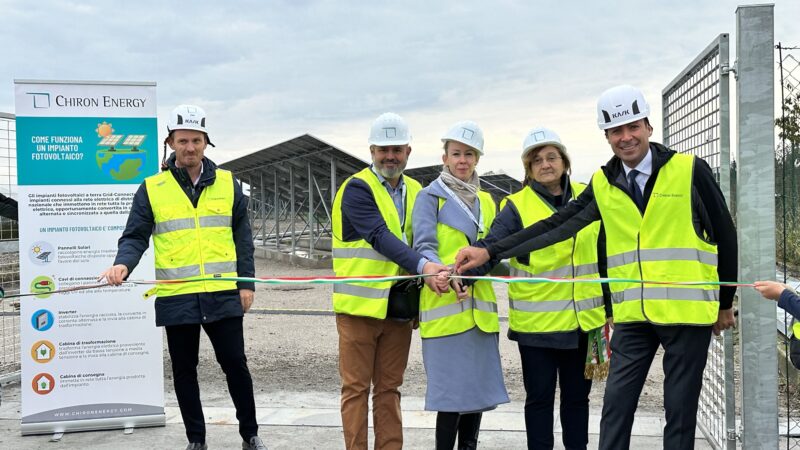
inaugurato a Melara (RO) un portafoglio di impianti solari da 31MWp realizzati in nord Italia
Il Project ALFA è un portafoglio costituito da 8 impianti solari utility scale con un investimento complessivo di circa 30 milioni di Euro ed una potenza installata di circa 31MWp.
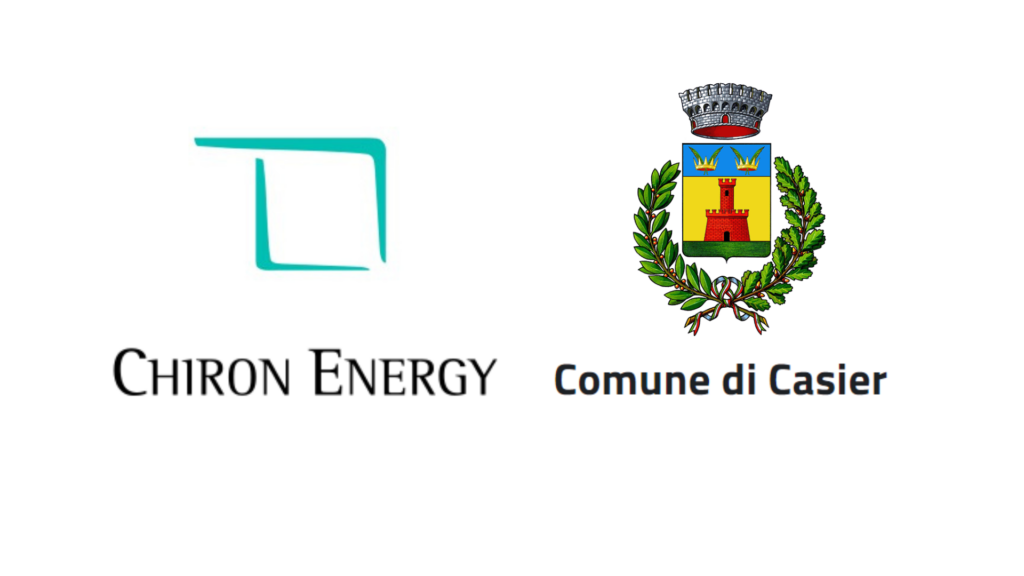
Insieme al Comune di Casier per un progetto di riqualificazione del verde pubblico urbano.
La sinergia creata nasce a seguito della realizzazione nel territorio comunale di un impianto di produzione di energia rinnovabile fotovoltaica di potenza pari a circa 2,4 MW al fine di promuovere progetti di sostenibilità sul territorio comunale

Nuova vita per un impianto fotovoltaico da 1 MW localizzato nel nord Italia.
Si tratta di un impianto fotovoltaico utility scale con moduli fotovoltaici collocati a terra, entrato in esercizio nel 2011, localizzato in Lombardia ed incentivato in regime di Conto Energia.
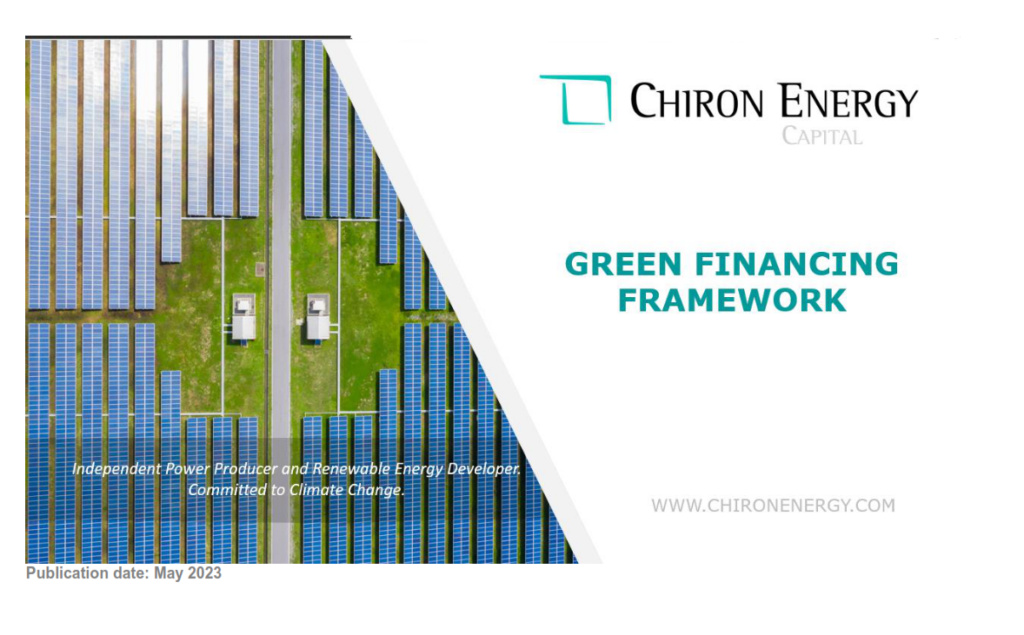
Pubblicato il primo GGF (Green Financing Framework)
Il GGF rappresenta le linee guida per l’eventuale emissione di green bond e per i nuovi finanziamenti bancari green e segna un passo in più nella strategia di sostenibilità del Gruppo, volta ad allineare la strategia finanziaria al conseguimento degli obiettivi di decarbonizzazione e transizione energetica.

Perfezionato l'acquisto di un impianto fotovoltaico da 1 MWp in nord Italia
Sull’impianto nel corso del 2023 verrà eseguito un piano di revamping e repowering che porterà la potenza dell’impianto a circa 1,5MWp, aumentando conseguentemente e proporzionalmente i benefici ambientali e sociali connessi.

Da UniCredit un green loan da 17 milioni di euro per la costruzione greenfield
I nuovi impianti avranno complessivamente una capacità installata di oltre 19 MWp e una produzione annua attesa di circa 27 GWh annui, in grado di coprire i fabbisogni annui di circa 9 mila famiglie italiane.
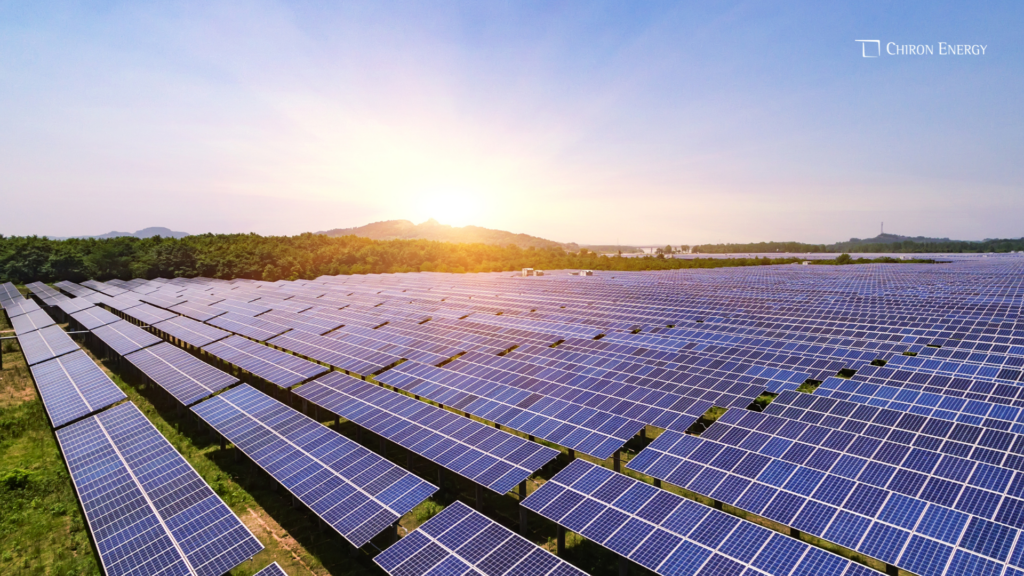
Chiron si conferma uno dei “Top Solar Developer” italiani.
Tutta la potenza complessiva aggiudicata fa riferimento a 4 nuovi progetti di capacità solare, che saranno realizzati in regioni del Nord-Est, con lavori di costruzione che verranno avviati già nel corso del 2022.
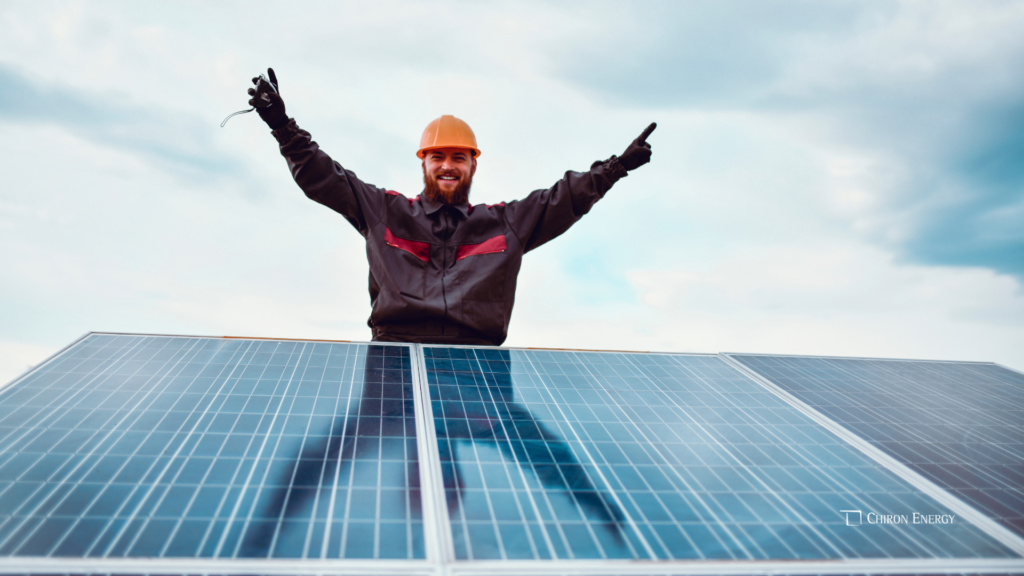
Edison e Chiron Energy firmano un ppa di lungo termine
Gli impianti entreranno in esercizio nella prima metà del 2023 e complessivamente produrranno circa 45 GWh annui.
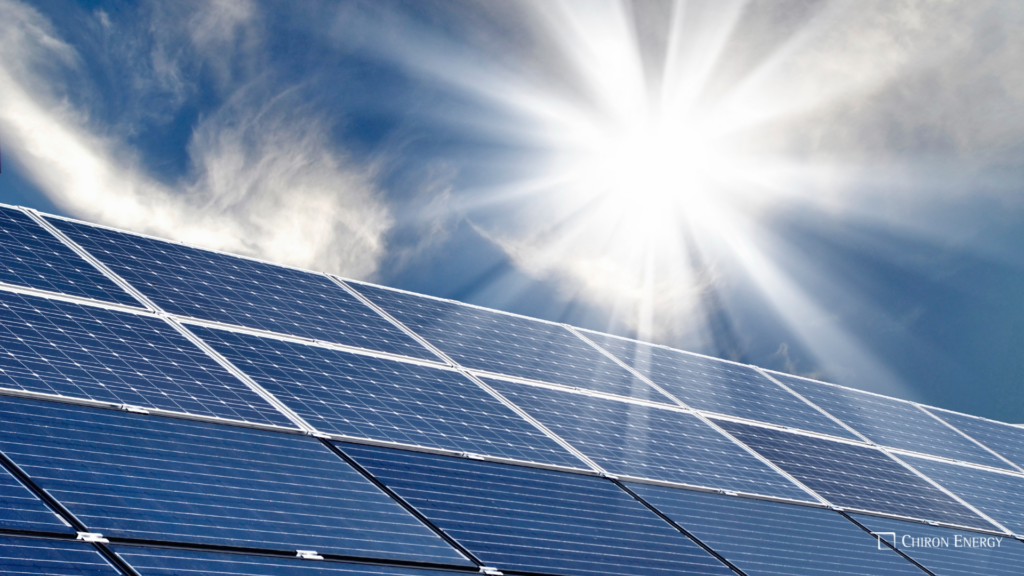
Da UniCredit un green loan da 31 milioni di euro
Il finanziamento, certificato ai sensi dei “Green Loan Principles” e che beneficia di fondi BEI dedicati alla transizione energetica, è finalizzato a sostenere i costi di costruzione e messa in esercizio di 8 nuovi impianti.

Chiron accelera nelle rinnovabili: perfezionato l’acquisto di un impianto fotovoltaico da 2,5mwp in nord Italia
La società acquisita, che entra da oggi a far parte del Gruppo Chiron, possiede un impianto fotovoltaico utility scale localizzato in nord Italia con potenza nominale di circa 2,5MWp e moduli fotovoltaici collocati a terra.
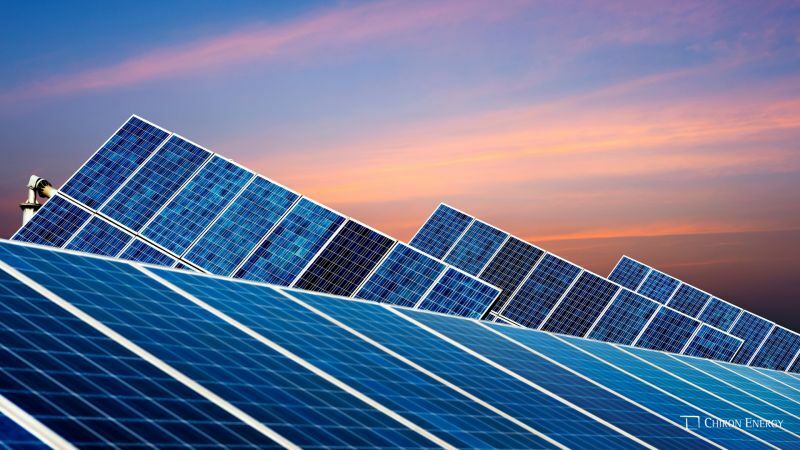
Ottenuto il Rating di Legalità
L'ottenimento del Rating di Legalità è un risultato che premia l'impegno di Chiron nel promuovere l'introduzione di principi etici nei comportamenti aziendali, adottando un modello organizzativo di prevenzione e contrasto della corruzione, mettendo in campo attività volte a garantire la corporate #socialresponsability ed è per noi un grande risultato di squadra.
Chiron Energy
- Via Bigli, 2 - 20121 Milano (MI)
- Via Fabio Filzi, 2 - 60123 Ancona (AN)
- +39 02 56568350
- contact.us@chironenergy.com

